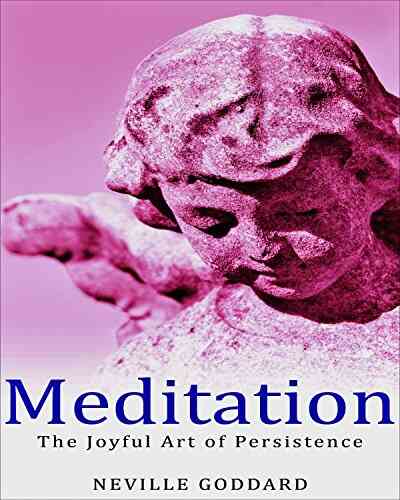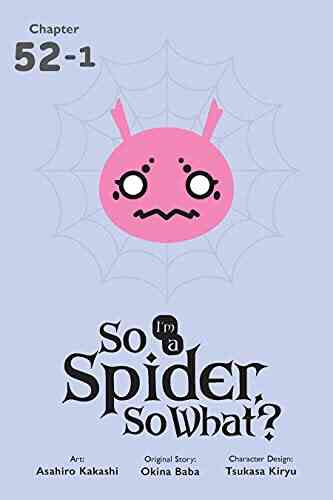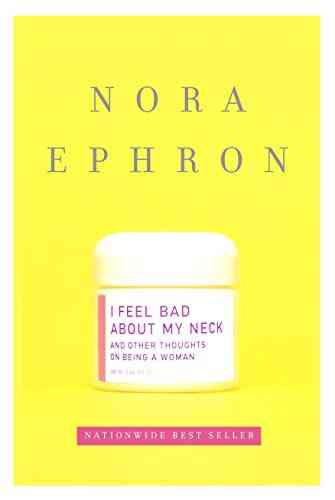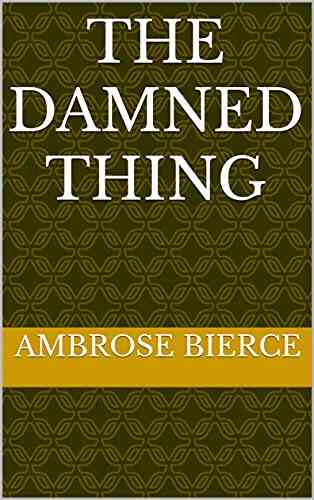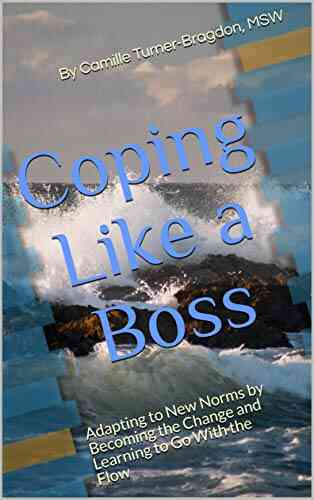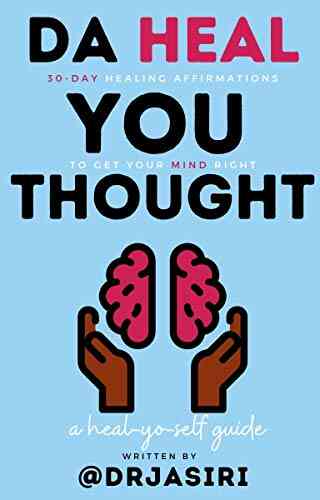Tensorflow Mnist Read Your Own Handwritten Digit Video Walkthrough Tutorial 58

Are you interested in deep learning and computer vision? Do you want to learn how to build a model that can recognize handwritten digits? Look no further, because in this tutorial, we will walk you through the process of using TensorFlow to read your own handwritten digit data and train a model to accurately classify it!
TensorFlow is an open-source machine learning framework developed by Google. It allows you to build and train neural networks easily. The MNIST dataset is a classic benchmark dataset in the field of deep learning, consisting of 70,000 images of handwritten digits. In this tutorial, we will use TensorFlow to build a Convolutional Neural Network (CNN) that can recognize these digits.
Why Handwritten Digits?
Handwritten digit recognition is a fundamental problem in the field of computer vision. Being able to accurately classify handwritten digits has numerous applications, such as postal automation, check reading, and even recognizing doctor's prescriptions. By understanding the process of building a model for this task, you will gain insight into the fundamentals of neural networks and gain practical experience in designing and training models.
5 out of 5
| Language | : | English |
| File size | : | 801 KB |
| Text-to-Speech | : | Enabled |
| Screen Reader | : | Supported |
| Enhanced typesetting | : | Enabled |
| Print length | : | 17 pages |
| Lending | : | Enabled |
Getting Started
Before we dive into the tutorial, make sure you have TensorFlow installed on your machine. You can find detailed installation instructions on the official TensorFlow website. Once you have TensorFlow ready, we can proceed to the next steps.
Data Preparation
To start, you need a dataset of handwritten digit images. If you don't have your own collection, don't worry! The MNIST dataset is readily available and widely used for this purpose. You can download it from the TensorFlow website or use the TensorFlow API to access it directly. The dataset is already divided into training and testing sets, ensuring that you have labeled data for training and evaluating your model.
After downloading the dataset, you will need to preprocess the images before feeding them into the model. This includes resizing, normalizing, and converting them to grayscale. TensorFlow provides various functions and utilities to help you with this preprocessing step. Once the images are ready, you can proceed to the next stage.
Building the Model
TensorFlow provides an intuitive and flexible way to build neural networks. We will be using a Convolutional Neural Network (CNN) for this task, as CNNs have shown excellent performance in image-related tasks. In a CNN, we stack multiple layers of convolutional, pooling, and fully connected layers to extract meaningful features from the input images and make predictions. TensorFlow provides a high-level API called Keras that simplifies the process of building and training neural networks.
Training the Model
Now that we have our model architecture set up, it's time to train it using the labeled data we prepared earlier. TensorFlow makes this process straightforward with its built-in optimization algorithms and gradient descent techniques. By iteratively adjusting the model's weights and biases, the model learns to make accurate predictions. Training neural networks often requires significant computational power, so it's best to utilize a GPU if possible.
As we train the model, we will monitor its performance on a validation set to ensure that it is not overfitting. Overfitting occurs when the model becomes too specialized to the training data and performs poorly on unseen examples. TensorFlow provides tools to visualize the training progress and evaluate the model's performance. Once the training is complete, it's time to test the model on the testing set.
Evaluating the Model
Testing the model on the unseen testing set allows us to measure its accuracy and generalization ability. Accuracy is a standard metric to assess how well the model performs, but depending on the specific application, other metrics such as precision, recall, and F1-score may also be relevant. TensorFlow provides convenient functions to calculate these metrics and evaluate the model's performance comprehensively.
Congratulations! You have completed the tutorial on using TensorFlow to read your own handwritten digit data and train a model to classify them accurately. This tutorial provided you with an understanding of deep learning concepts, data preparation, model building, training, and evaluation. By going through this hands-on tutorial, you have gained practical experience and enhanced your knowledge in the field of computer vision and machine learning.
With the skills you've learned, you can now explore more advanced topics in deep learning and create your own projects. Remember, practice is key! The more you work on real-world problems and hone your skills, the better you become. So, keep experimenting and pushing the boundaries of what you can achieve with TensorFlow and deep learning.
5 out of 5
| Language | : | English |
| File size | : | 801 KB |
| Text-to-Speech | : | Enabled |
| Screen Reader | : | Supported |
| Enhanced typesetting | : | Enabled |
| Print length | : | 17 pages |
| Lending | : | Enabled |
PLEASE NOTE: The main content of this ebook is a YouTube video link at the end of the ebook. Apparently this concept is so difficult for people to grasp that they write negative reviews. Sigh
A video walkthrough of building a Tensorflow application to read a handwritten digit and figure out what the number is. The neural network is trained on the MNIST dataset.
The video walkthrough tutorial is 58+ minutes long and includes source code.
CODING ENVIRONMENT:
Windows
Anaconda Python
TensorFlow Version 1.11.0 CPU version
CPU: Intel Core i5
Do you want to contribute by writing guest posts on this blog?
Please contact us and send us a resume of previous articles that you have written.




















Light bulbAdvertise smarter! Our strategic ad space ensures maximum exposure. Reserve your spot today!

 Andres CarterThe Ultimate Travel Guide for History Enthusiasts: Explore the Richness of...
Andres CarterThe Ultimate Travel Guide for History Enthusiasts: Explore the Richness of... Colby CoxFollow ·9.3k
Colby CoxFollow ·9.3k Pat MitchellFollow ·18.4k
Pat MitchellFollow ·18.4k Gordon CoxFollow ·5.3k
Gordon CoxFollow ·5.3k Oscar BellFollow ·10.4k
Oscar BellFollow ·10.4k Cason CoxFollow ·9.7k
Cason CoxFollow ·9.7k Ernesto SabatoFollow ·15.4k
Ernesto SabatoFollow ·15.4k Dale MitchellFollow ·18.4k
Dale MitchellFollow ·18.4k Jorge AmadoFollow ·19.6k
Jorge AmadoFollow ·19.6k
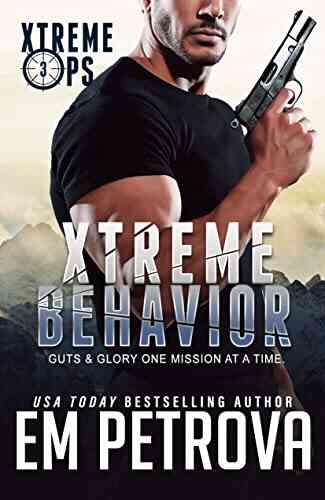
 Alexandre Dumas
Alexandre DumasXtreme Behavior Xtreme Ops: Embracing Thrilling...
Are you tired of the same old routine?...
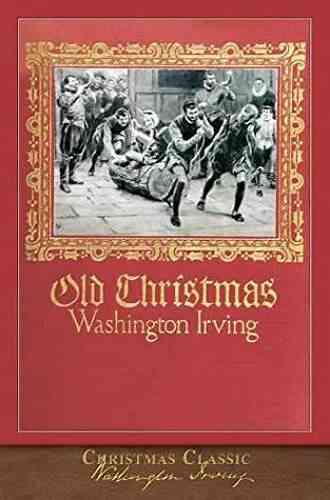
 Benjamin Stone
Benjamin StoneThe Remarkable World of Old Christmas Illustrated:...
The holiday season is a time of...
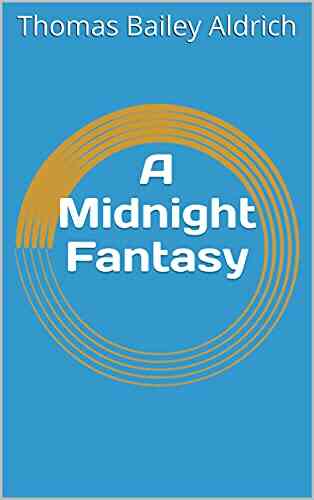
 Anthony Burgess
Anthony BurgessThe Enchanting Journey into the Midnight Fantasy by...
Step into the realm of magical tales and...
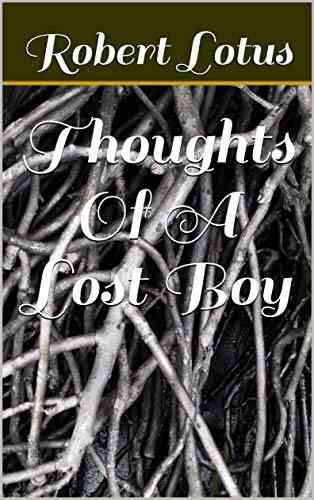
 Matt Reed
Matt ReedThoughts of a Lost Boy: Exploring the Depths of Solitude
Have you ever found yourself...

 Alexander Blair
Alexander BlairUnveiling the Thrilling World of Chase Fulton Novels: An...
In today's fast-paced world,...
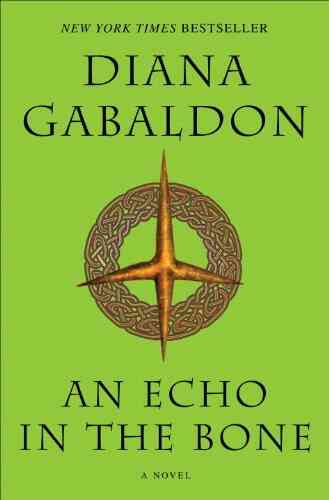
 Justin Bell
Justin BellAn Echo In The Bone Novel - Outlander: Uncovering Secrets...
Are you ready to embark on a remarkable...
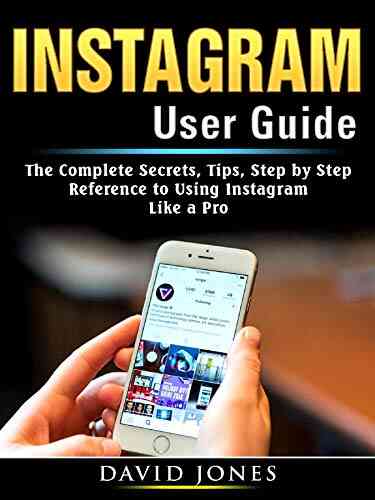
 Miguel Nelson
Miguel NelsonThe Complete Secrets Tips Step By Step Reference To Using...
Instagram has quickly become one of the...
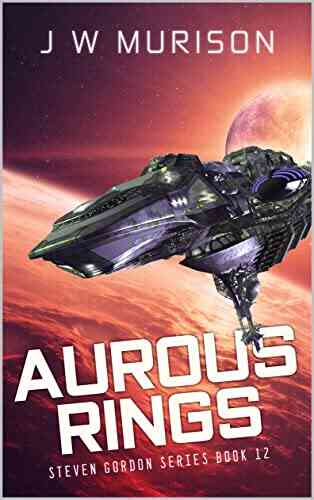
 Gus Hayes
Gus HayesAurous Rings - Unleashing the Magic of Steven Gordon 12
The Enchanting World of Aurous...
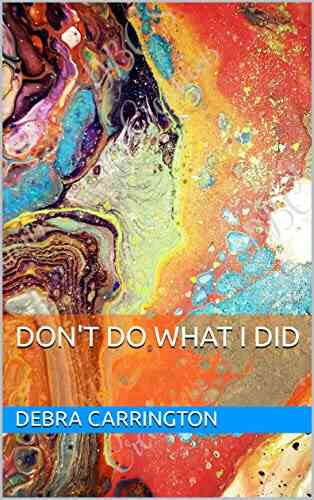
 Camden Mitchell
Camden MitchellUnveiling the Secrets of Don Do What Did: The Incredible...
Throughout history, legends...

 Anton Foster
Anton FosterSunken Treasure Coastal Fury 17: An Epic Adventure...
Have you ever wondered what lies beneath...
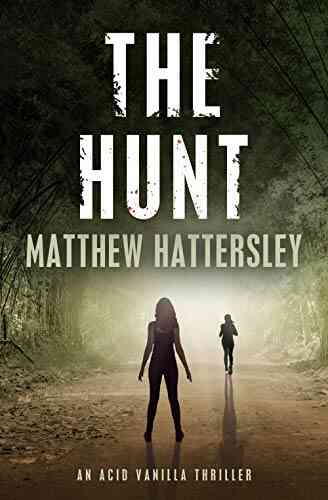
 Forrest Blair
Forrest BlairThe Hunt Acid Vanilla: Unveiling a Sensational Flavor...
Indulging in culinary adventures is part of...
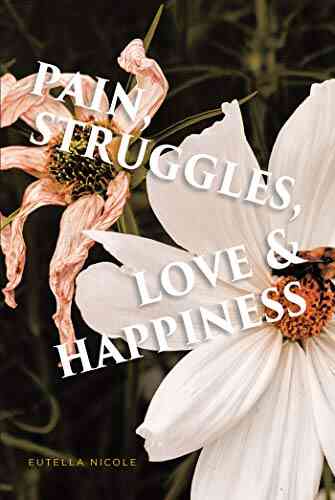
 Aaron Brooks
Aaron BrooksThe Inspiring Journey of Cytrine Buczko: From Pain and...
Life is a rollercoaster ride filled with a...
5 out of 5
| Language | : | English |
| File size | : | 801 KB |
| Text-to-Speech | : | Enabled |
| Screen Reader | : | Supported |
| Enhanced typesetting | : | Enabled |
| Print length | : | 17 pages |
| Lending | : | Enabled |







